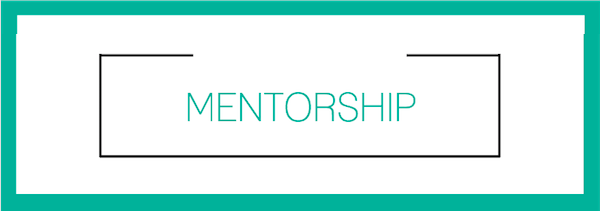This quarter in the Digital Education Leadership program at Seattle Pacific University I am focused on the fourth standard of the ISTE Coaching Standards, Professional Development and Program Evaluation:
Technology coaches conduct needs assessments, develop technology-related professional learning programs, and evaluate the impact on instructional practice and student learning.
Over the last several weeks, my classmates and I have learned how to implement a successful professional development program and I have identified the following elements as being most useful when evaluating a professional development program:

Sadly, professional development is generally “something that is ‘done’ to teachers” (Pilar, 2014). Teachers need opportunities to explore their own interests and venture into those topics at a personalized level that works for their individual learning styles. In a study conducted by the Center for Professional Education, it was found that “90% of teachers reported participating in some form of professional development, and they also reported that it was not helpful in their practice. Thus, professional development is happening, but it is not effective” (Blattner, 2015). Imagine a place where teachers drive their learning by expressing their interests, learning at their own pace, implementing their discoveries and reflecting on their current and future practices. … Read More





